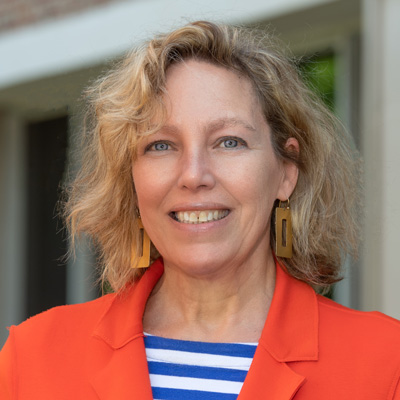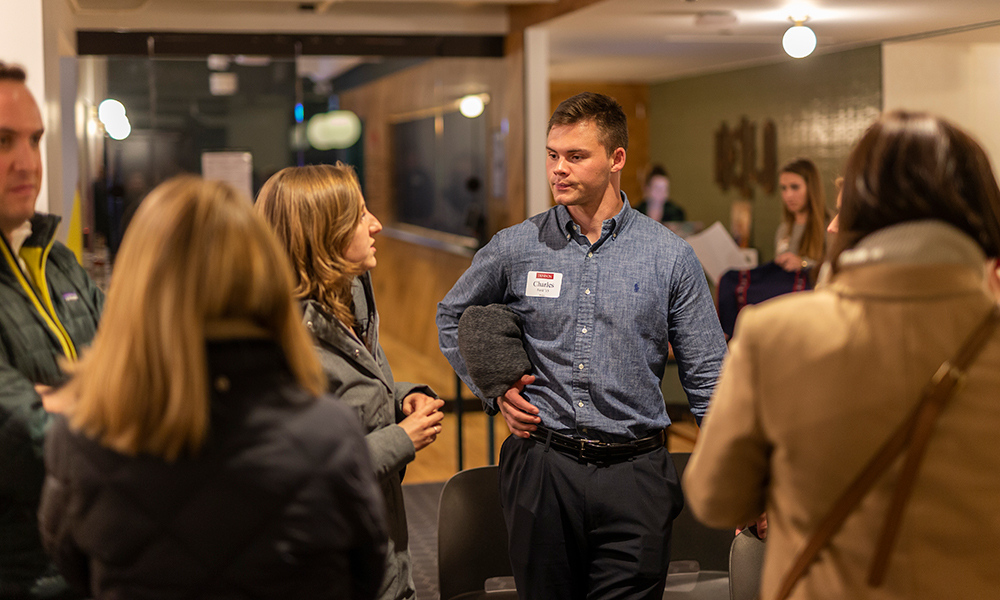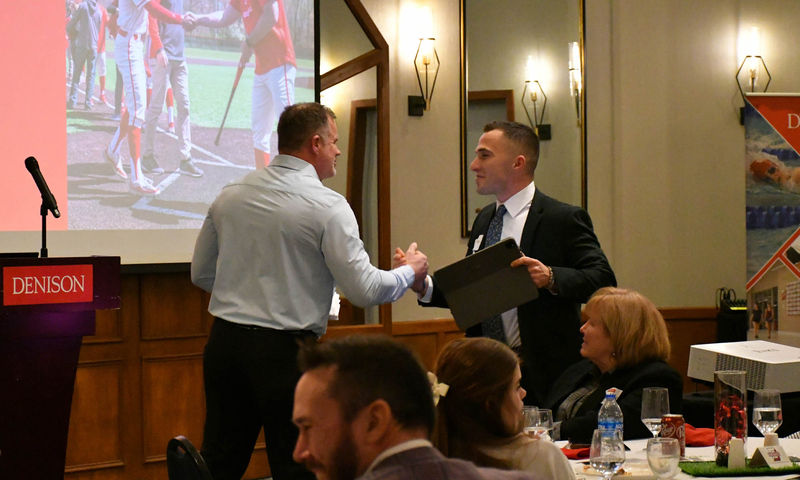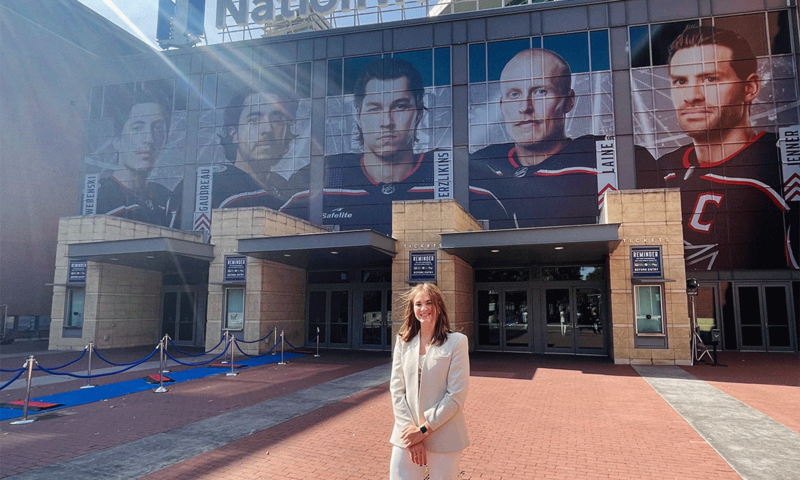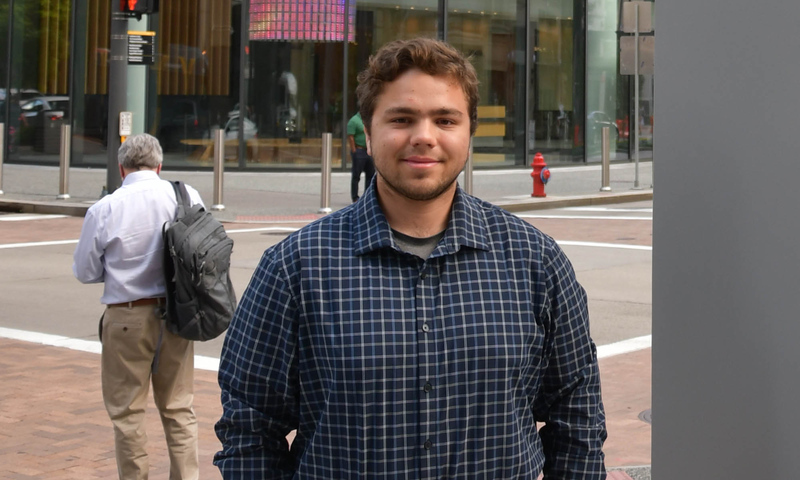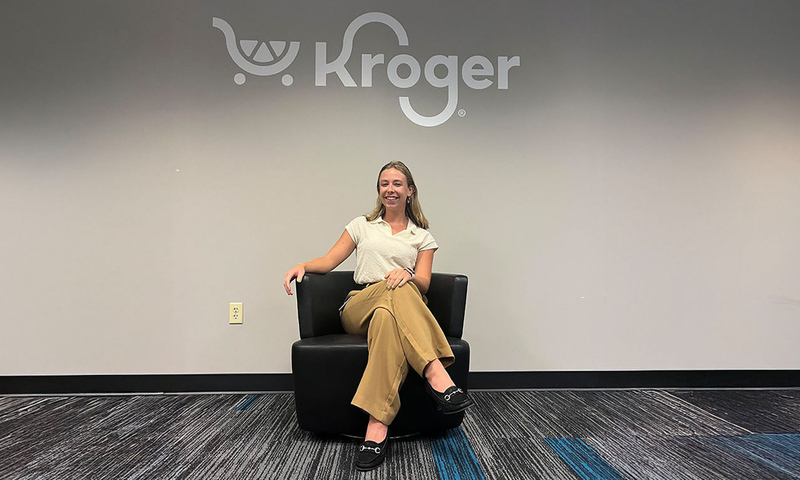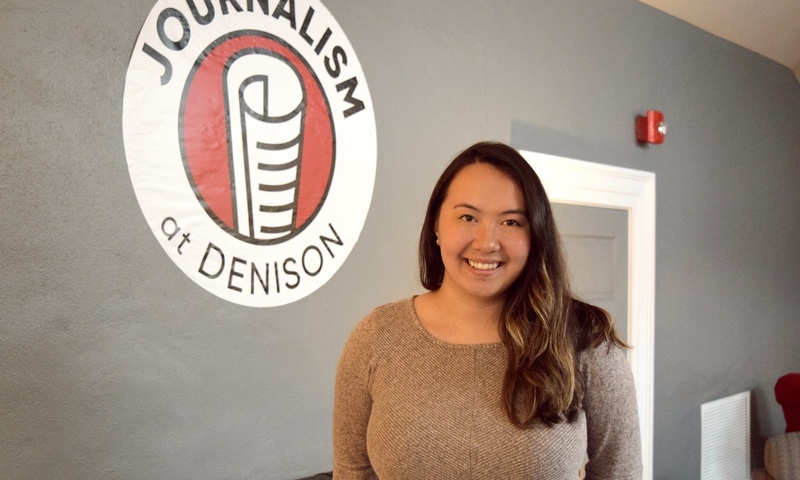In the first five years post-college, a lot of changes happen. You graduate, you get that first job and hopefully it’s exactly what you want. Yet many recent grads find their first job turns out to be great for a year or two, then realize that they want to pivot or move to the next place in their lives. It’s all part of the process, being the architect of your life.
The Austin E. Knowlton Center for Career Exploration has developed a workshop called “Designing Your Next Five,” to help young alumni prepare for that first year or two, even five years after Denison. The core idea of the workshop is based on the book “Designing Your Life,” the New York Times bestseller from Bill Burnett and Dale Evans, two authors from Stanford University.
Melanie Murphy, director of career exploration and campus engagement, spent a week at Stanford (along with two other Denison staff members and other university educators), learning from one of the authors of the book.
“We took this massive book and whittled it down into a two-hour workshop,” Murphy says. “We were able to take this awesome stuff they’ve built and designed at Stanford and mold it and make it our own.”
Denison’s Designing Your Next Five workshop starts by asking alumni to create a mind map around the central question of ‘What does it mean to have a well-lived and joyful life?’ The answer to that question is different for each person of course, and includes things like family, time to travel, or a successful career.
Next, they are asked to design three alternate versions for the next five years of their lives based on these questions: where do you see yourself in the next five years, what else would you do if that option were no longer available, and what would you do if you had nothing to worry about — if money, time, and family weren’t constraints? Alumni are given three sheets of paper, a few minutes to brainstorm, and a blank slate. But they must always return to their mind map to make sure their life designs still fit within their vision of a well-lived and joyful life.
Alumni share their life designs with their peers and drill down to ask one “big question” to the group.
“They start to see things that they can weave into all three of the lives they’ve designed to make something pretty cool happen,” Murphy says. “One person designed one of her lives as a lawyer because that’s what her family had always done and expected of her. But she was incredibly passionate about music and designed this whole other life around music and what that would look like. In the end through some of the prototyping we do, she discovered that music law was something she could look into.”
There’s also time for small group work. Alumni share their life designs with their peers and drill down to ask one “big question” to the group. If someone is considering how they might go to graduate school and work full time, for example, the group does some rapid-fire brainstorming, throwing out ideas they can build on.
“That’s the principle of design thinking,” Murphy explains. “One person might say, ‘You could find an assistantship,’ and someone else might suggest a different idea. And the person posing the question writes down all the answers and leaves with 100+ ideas of how to possibly go about doing that.”
“The book talks a lot about building a network of life designers, and that’s what we’re hoping to do, to have a shared network of people who really support each other,” she adds. “You’re going to come in to Denison exploring career options, and thinking about your life as a whole and how you want to design that. And that’s going to continue even after you’ve graduated from Denison.”
The Knowlton Center held the first “Designing Your Next Five” workshop in Washington, D.C. and will conduct more for our alumni in cities across the nation. To discover when this workshop or other events will be in your area, visit Denison Connecting.
